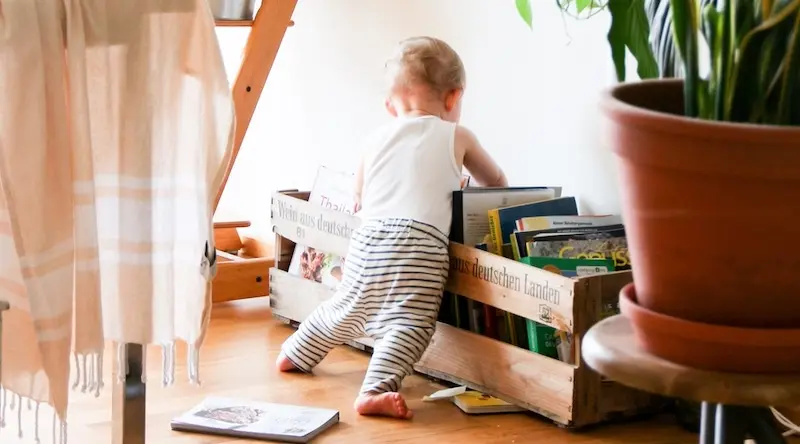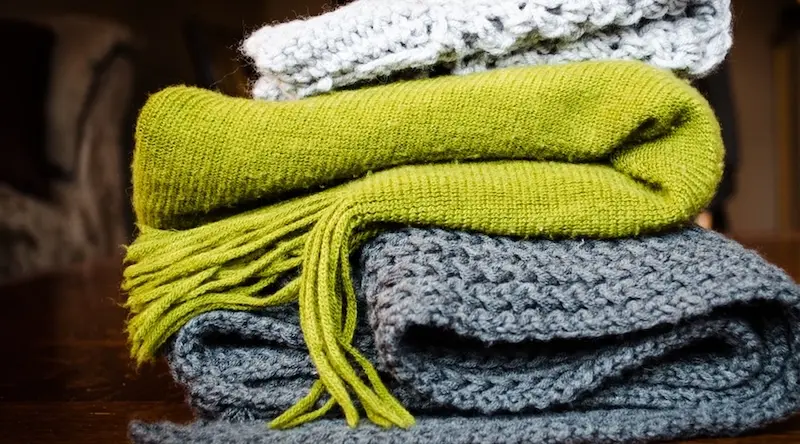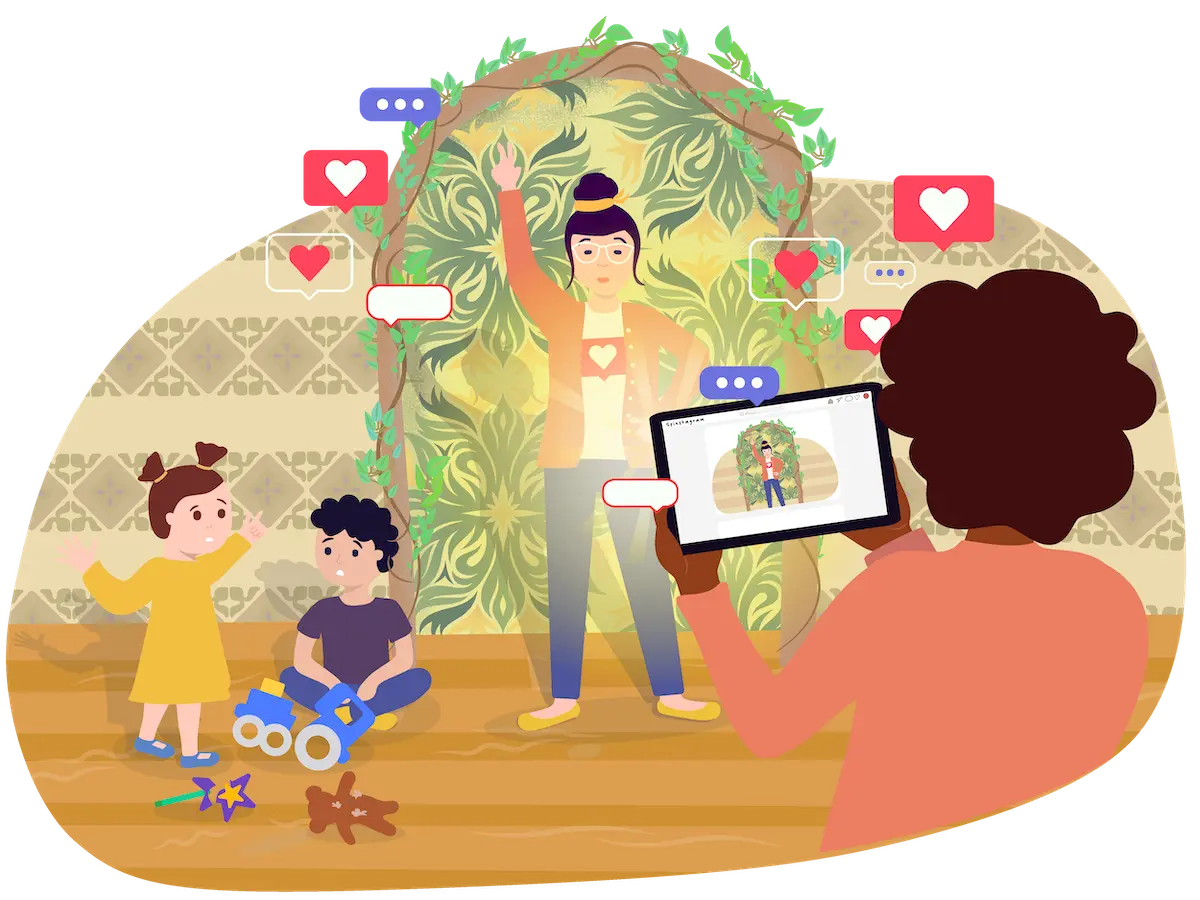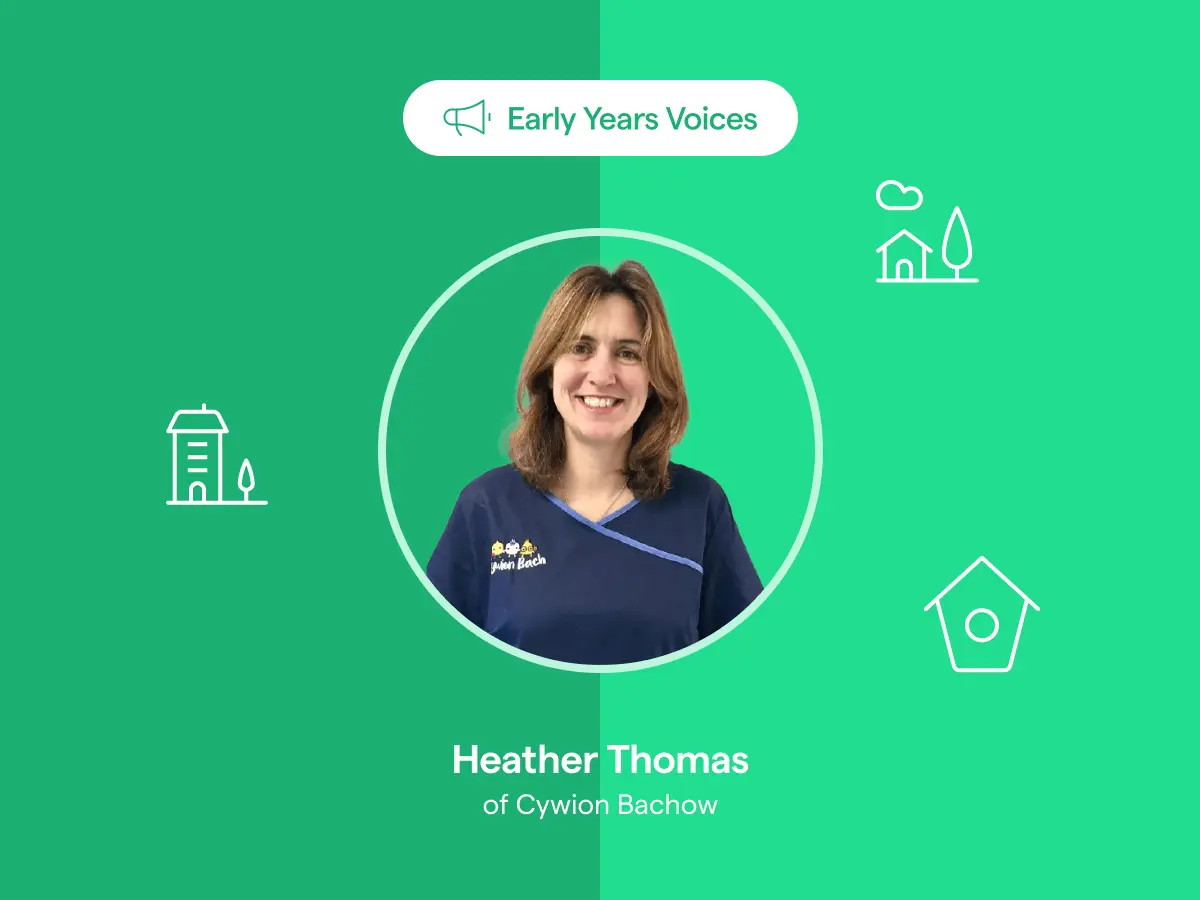settings
children
With Famly since
What is an enabling environment?
The enabling environment is one of four overarching principles outlined in the EYFS statutory guidance, along with The Unique Child, Positive Relationships and Children's Learning and Development (see the Characteristics of Effective Teaching and Learning -CoETL).
On enabling environments, in particular, the guidance states that:
“Children learn and develop well in enabling environments, in which their experiences respond to their individual needs and there is a strong partnership between practitioners and parents and/or carers.”
- Statutory framework for the early years foundation stage
While this might not go into too much explicit detail, it does outline the need for a child-first approach to everything you do in your environment. Elsewhere, the approach has been broken down into three areas:
- Indoor environments
- Outdoor environments
- Emotional environment
While we’ll mostly be focusing on the indoor when we talk about creating a homely setting, the same concept is important for the other two enabling environments too.
This article is all about your setting being welcoming and comfortable, to support children to have the freedom and confidence to explore and learn. That is a concept that should be seen in every part of your practice.

A homely environment in the Early Years foundation stage
For some children, your setting will be a place where they spend more time than their own home.
Even for those who don’t, they’re still spending a significant amount of time at your setting. That transition from their home to nursery should be as smooth as possible to allow children to feel safe, secure, and ready to engage.
This is especially true for children who have just started at your setting, and even more so among the youngest children. Areas commonly used by the littlest ones should have an even homelier touch. Without this, children can easily become overstimulated, distressed and in no position to play and learn.
That is not to say it should all be cushions and fluffy rugs. It is this homely, secure feeling that allows you to include things that are challenging, new, and novel. It’s just about getting that balance right.
How can I make my enabling environment more homely?
Now that we’ve explained why we think a homely enabling environment is so important to your setting, let’s dive into some of the best ways you can become a home-from-home for your children.
1. Audit your enabling environment with a child’s-eye view
Whenever you make any changes to your environment, auditing what you have already should be the first step.
As we discussed at great length in our interview with the team from The Curiosity Approach, getting down on a child’s level when you do this is absolutely essential. Things that might look cosy from our height can look very different from child-height. That’s why before any audit you should get on your hands and knees and consider what you can really see.
To start you off, consider the following questions:
- How is your environment meeting the stipulations of the statutory framework, including all seven areas of learning?
- Is your setting inclusive of all the children's individual needs in regard to play, learning and development?
- Are there opportunities for children to direct their own learning?
- Do children have access to ample indoor and outdoor play, including sufficient space?
- Does your enabling environment reflect the interests of individual children?
- Are there supportive relationships with the child's key person?
2. Reflect on your resources - are they supporting children's learning?
Do you have plenty of plastic or are you more neutral and natural? Consider the 'why' of every addition or change to your play environment and resources.
Despite the popularity of all-natural resources, it really is about what works for the children in your cohort. Your setting should be a safe space for children, with warm and supportive relationships, and an environment in which children feel welcomed and a sense of belonging. If a familiar character or some favourite plastic toys contributes to that, and it's following children's interests, then that's what's best for your setting.
We know that children's learning and development are as unique as they are, so there's no reason that your setting has to have the same resources or environment as everyone else.
3. Create supportive environments for some cosy, quiet time
When you think of a homely, enabling environment, what is the first thing that comes to mind? Soft and squishy stuff of course! Softer furnishings can be comfortable and calming for children and adults alike and can contribute greatly to a cosy feeling of a physical space. Think things like:
- Plump cushions
- Cuddly toys
- Pillows and blankets
- Soft rugs
- Mini sofas
What’s more, soft furnishings will help to dampen sound too, making for a more peaceful, less chaotic environment with fewer noise distractions.

4. Create an environment of calm by clearing the clutter
We know an enabling environment plays a key part in supporting children's development, but that doesn't mean we need to fill it to the brim with further resources.
Fewer bits and pieces means you can promote self-selection of toys and resources, as children can clearly see what options they have. Too much stuff will lead to overstimulation that can leave children feeling overwhelmed, especially when they’re trying to settle in.
One way to do this is to consider the defined areas you have in your indoor and outdoor environment:
- Do you need 1000 things in your role-play area, or could you trim it down to some key, open-ended items?
- Is your outdoor environment full of every imaginable piece of equipment or could you refine it to some key risk-taking apparatus and some natural materials?
- Does your construction area actually have enough space for children to use the building blocks or are you just drowning in Duplo?
When you’re preparing your environment, ask yourself about every resource you have:
- What is your purpose, thing? How will you contribute to the children's early years education, play, and learning? How do you meet children's individual needs?
This kind of focused, constant questioning means you’ll end up with a richer environment, with far fewer pieces that exist just because that’s always been the way, or because you read somewhere that it was a good idea (we realise the irony in this statement…).
5. Familiar items encourage children in the Early Years to feel 'at home'
Building warm and homely enabling environments doesn't have to mean redecorating or buying new resources. This can be done simply with pictures of children's families and loved ones.
You can partner with parents by asking them for the features of their home as inspiration. Something familiar can reassure children and helps to bridge the gap between their home and their ‘second home’. Not only that, but parents and carers can enjoy contributing to their child's progress at their setting (as well as playing a key role at home, of course).
6. An enabling environment in the EYFS allows space for rest
Retreats are important for everyone, especially for children who might feel overwhelmed during the day in a busy Early Years setting. Without them, there is no sanctuary for children to escape to and they can become stressed and uncomfortable.
Keeping quiet corners out of the way of any regular ‘traffic’ is important and the setting's ground rules can help to keep these places relaxing.
What's more, you don't have to limit a quiet, relaxing corner to your indoor environment, make space for rest in your outdoor spaces too.

7. Carefully consider colours in your environment
When you think of Early Years settings, you probably think of primary colours and plenty of bright displays. For some settings, this environment can work really well, but again, best practice is all about the child development needs of your unique cohort.
Too many bright, bold colours used everywhere can be a little overstimulating for some children, so combined with the quiet areas we talked about above, you could consider including some areas which are less visually busy.
You might consider using natural or neutral backgrounds for your displays or walls, or have some areas that are painted in softer colours.
If you do choose to make this change, ensure staff understand that it doesn't mean you're planning a monochrome nursery - not everything has to be beige if that's not right for your setting. It's just about choosing to use colour with consideration.
8. Support social skills and personal relationships with a den
Great for indoor play or outdoor play, a cosy den can host a whole range of activities like reading, talking, and playing light games in.
Make sure that you have materials out where children can build their own, encouraging problem-solving so they can be architects of their own comfort. Not only that, children learn valuable physical and emotional development skills through carefully assessed risk-taking and working cooperatively to build their den.
9. Enabling play and learning environments get the light right
Is your Early Years setting lit like a classroom or like a living room? How do you illuminate your outdoor environments?
Bright, clinical-feeling lighting environments can overstimulate children and have been found to produce the hormone cortisol, which tends to be released during periods of stress. Some ideas for more homely lighting include:
- Light shades that produce yellow or orange tones.
- Dimmable light switches
- Soft, gentle lighting.
- Well-placed twinkly lights to add a little magic and wonder to your play spaces.
- Let as much natural light in during the day-time as possible.
- Table or stand-up lamps can create a cosy feel.

10. Ask the enabling environment experts - the children.
Asking the children in your setting what they’d like to see means you’re not just making an enabling environment that you’d consider homely, but one that will be cosy for them. A big old leather sofa might seem like the height of comfort, but could be odd and imposing to a younger child, or a child from a different culture. During group time, the children's key person could start a discussion about what they like about the setting, and what else they'd enjoy.
Cultural context is particularly important if you have a diverse cohort at your setting. Encouraging comforting areas that reflect everyone’s home life not only improves everyone’s comfort but also helps you to teach the other children in your setting about other cultures and people.
11. Visit other Early Years settings for environment inspiration
This is something that we recommend for all sorts of things, from improving your staff meetings to introducing new ideas for your continuous provision.
No matter what your objective, visiting other settings following the Early Years Foundation Stage, and getting inspired by them, is going to revolutionise your practice. Take a look at how they have utilised the three aspects of the emotional environment, the outdoor environment, and the indoor environment to:
- promote (and record) children's development
- provide opportunities for play and learning
- help children to feel safe, inspired, secure, and ready to learn and play.
The big ideas
Get a personal demo now
Get a guided 1-on-1 tour of the whole platform. See what features are the best fit for you, and ask us as many questions as you like.
Book free demo










